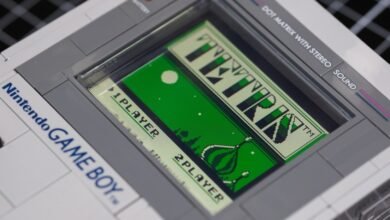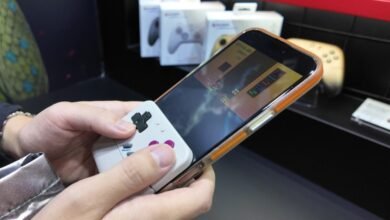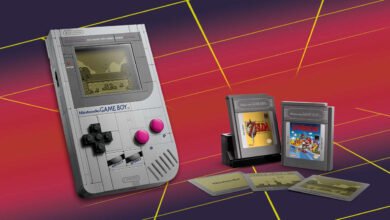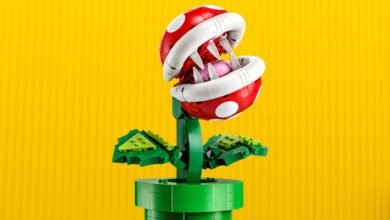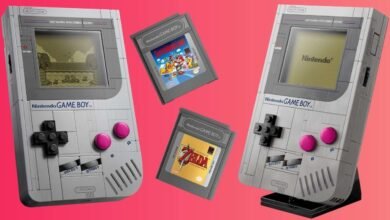LEGO Game Boy Designers Reveal “Very Involved” Nintendo Partnership
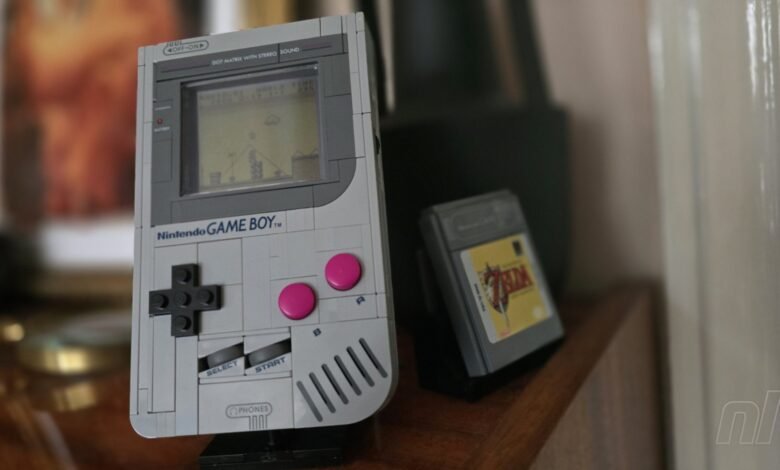
▼ Summary
– Lego designers collaborated closely with Nintendo during development, including consulting with someone connected to the original Game Boy’s design team.
– The set accurately replicates the original Game Boy’s look, feel, and weight, with details like a responsive D-pad and authentic button placement.
– Designers faced challenges working within the 1:1 scale constraints but incorporated clever features like lenticular screens and clicking cartridges.
– The team deliberately avoided looking at fan-made Lego versions to focus on authentic collaboration with Nintendo.
– Additional peripherals like headphones were considered but omitted to keep the design simple and focused on core gaming nostalgia.
The new LEGO Nintendo Game Boy set represents a remarkable fusion of nostalgic gaming heritage and modern construction creativity. Two key designers from LEGO, Carl Merriam and Simon Kent, recently detailed the intricate development process behind this highly anticipated release. Their collaboration with Nintendo proved essential in capturing the authentic look, weight, and tactile experience of the original handheld console. In fact, the replica is so convincing that enthusiasts have already modified it to play genuine Game Boy games.
Kent emphasized the depth of their partnership, noting, “Nintendo was very involved.” A dedicated LEGO team based in Japan facilitated direct communication with various Nintendo divisions, including hardware and creative teams. This access even extended to consulting with a hardware designer linked to the original Game Boy’s development, ensuring historical accuracy. Given the iconic status of the original designer Gunpei Yokoi, who passed away in 1997, this input was invaluable.
Achieving a perfect 1:1 scale presented significant design constraints. Merriam, who also contributed to LEGO’s Super Mario series, explained that the team explored numerous functional approaches within the limited space. Their ingenuity shines through in subtle details, the D-pad rests on a rubber piece for that signature bounce, while the A and B buttons replicate the exact feel of the console’s controls. Clever additions include lenticular screens that change images and game cartridges that produce a satisfying click when inserted.
Merriam revealed the extensive prototyping behind these elements, with 30 to 40 different versions of the D-pad and switches tested to perfect their responsiveness. Surprisingly, the Start and Select buttons are crafted from LEGO tire pieces dating back to the 1960s, blending classic components with retro gaming aesthetics.
Despite considering additional features like headphones or a peripheral light attachment, the designers opted for a streamlined approach focused on the core experience. Kent shared, “We wanted to keep it simple and focused very much on… taking fans’ favourite games and playing them anywhere.” This decision reinforces the set’s dedication to celebrating the Game Boy’s portable gaming legacy.
When asked about avoiding influence from countless fan-made LEGO Game Boy models online, Kent stated the team deliberately steers clear of such content. Their goal is to collaborate directly with partners like Nintendo to create authentic products rather than replicating existing fan designs. Merriam highlighted another distinction, noting that LEGO designers must balance aesthetic accuracy with ensuring an enjoyable building experience for consumers at home.
While both designers remained tight-lipped about future Nintendo-themed LEGO sets, the success of the Game Boy and earlier NES console suggests more exciting collaborations could be on the horizon. For now, this detailed build stands as a tribute to one of gaming’s most beloved devices.
(Source: Nintendo For Life)

